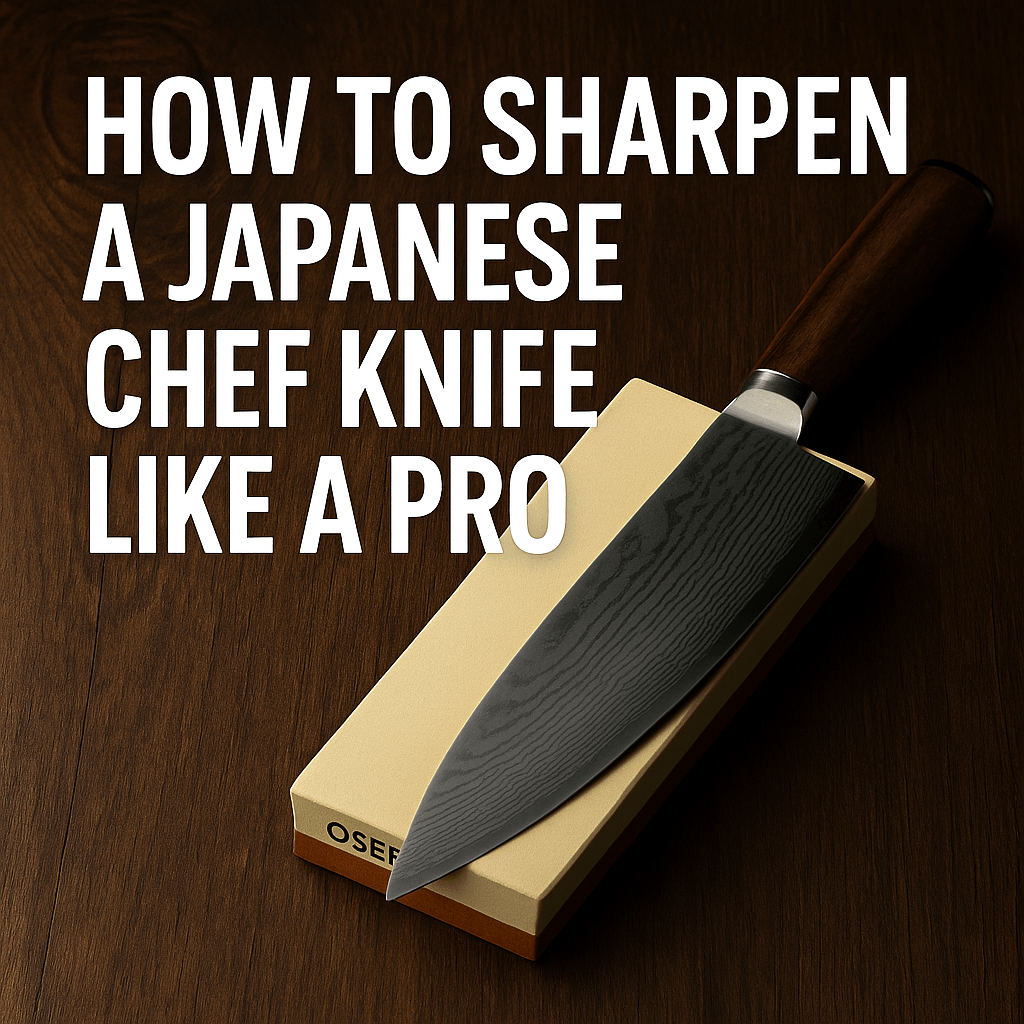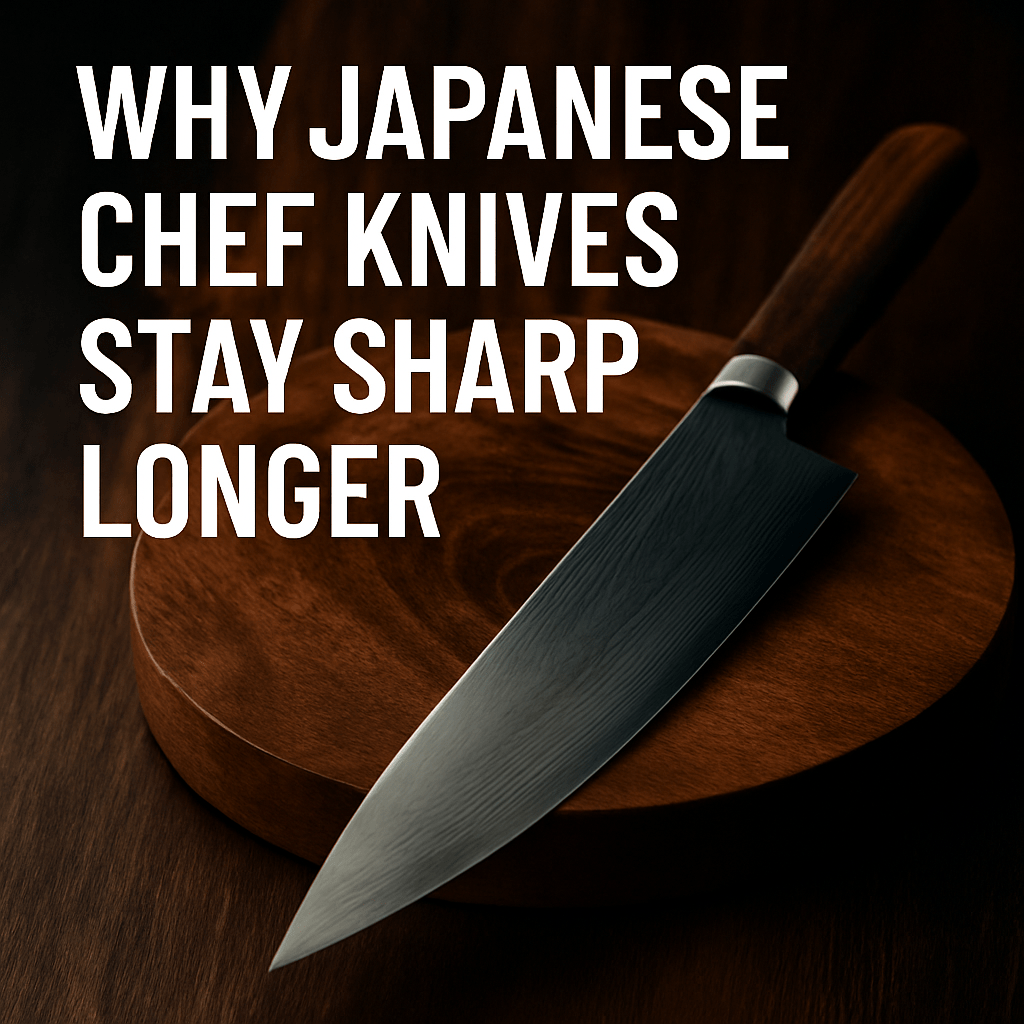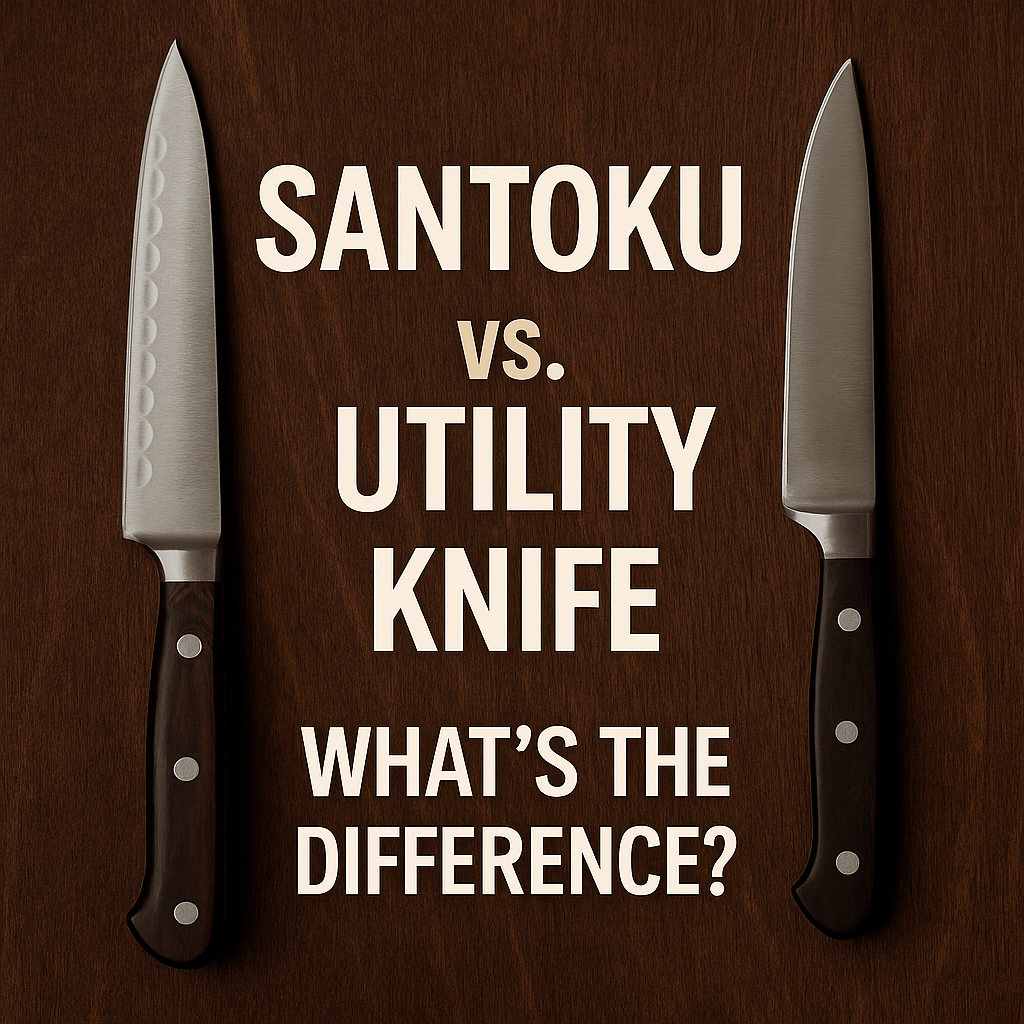
How to Sharpen a Japanese Chef Knife Like a Pro
A Japanese chef knife is a joy to use — smooth, precise, and razor-sharp.
But even the best blades need a little love now and then.
If you've invested in a high-quality Japanese knife (like one from OSERM), you’ll want to keep that edge performing at its best. The good news? You don’t need to be a professional sharpener to do it right.
Here’s a simple, step-by-step guide to sharpening your Japanese chef knife like a pro — even if you’re a home cook.
🧱 First, Understand the Blade
Japanese knives are usually sharpened to a finer edge angle than Western knives — typically 12–15° per side. That means:
- They’re sharper
- They need more precision when sharpening
- Using the wrong method can damage the blade
🔪 What You’ll Need
To sharpen a Japanese chef knife properly, we recommend using a whetstone (also called a water stone). Avoid pull-through sharpeners — they can ruin the blade geometry.
Basic tools:
- A double-sided whetstone (1000/6000 grit is ideal)
- A damp towel (to keep the stone in place)
- Clean water
- Optional: angle guide or sharpening jig
📌 Step-by-Step: How to Sharpen Your Knife
Step 1: Soak the stone
Submerge the whetstone in water for about 10–15 minutes, or until air bubbles stop appearing.
Step 2: Set your angle
Hold the knife at a 12–15° angle. If you're not sure, an angle guide can help keep things consistent.
Step 3: Sharpen one side
Push the knife forward across the stone — like you're slicing off a very thin layer of the stone — then lift it on the return stroke. Repeat 10–15 strokes.
Step 4: Switch sides
Flip the knife and repeat the process on the other side of the blade.
Step 5: Refine the edge
Flip to the finer side of the stone (6000 grit) and repeat on both sides to polish the edge.
Step 6: Clean & test
Rinse the knife and carefully dry it. Test the sharpness by slicing a tomato or gently shaving paper — it should glide with ease.
🧼 Bonus Tips for Best Results
- Don’t rush — sharpening is about control, not speed
- Use the entire stone surface to prevent uneven wear
- Avoid grinding back and forth — always push in one direction
- After sharpening, store your knife in a knife guard or wooden block to protect the edge
🔥 OSERM’s Knife Edge Promise
At OSERM, our Japanese chef knives are made with premium materials and precision edge geometry to ensure long-lasting sharpness.
We’ve had customers tell us they’ve been using their OSERM blade for months without sharpening — and it still glides through onions like it did on day one.
👉 Want a knife that stays sharp longer and sharpens beautifully when needed?
Try our 5+1 Knife Set, trusted by home cooks and chefs alike.
🎁 Special Offer This Week
30% OFF + Free Mystery Knife with every OSERM knife set.
👉 Shop Now — Free shipping in the U.S.
📚 Related Articles:
- Knife Storage Mistakes That Ruin Sharp Blades (Coming Soon)
- Why Japanese Chef Knives Stay Sharp Longer
- Santoku vs. Gyuto: What’s the Difference? (Coming Soon)
Tags: sharpen japanese knife, how to sharpen chef knife, whetstone tutorial, OSERM knife care, knife maintenance






